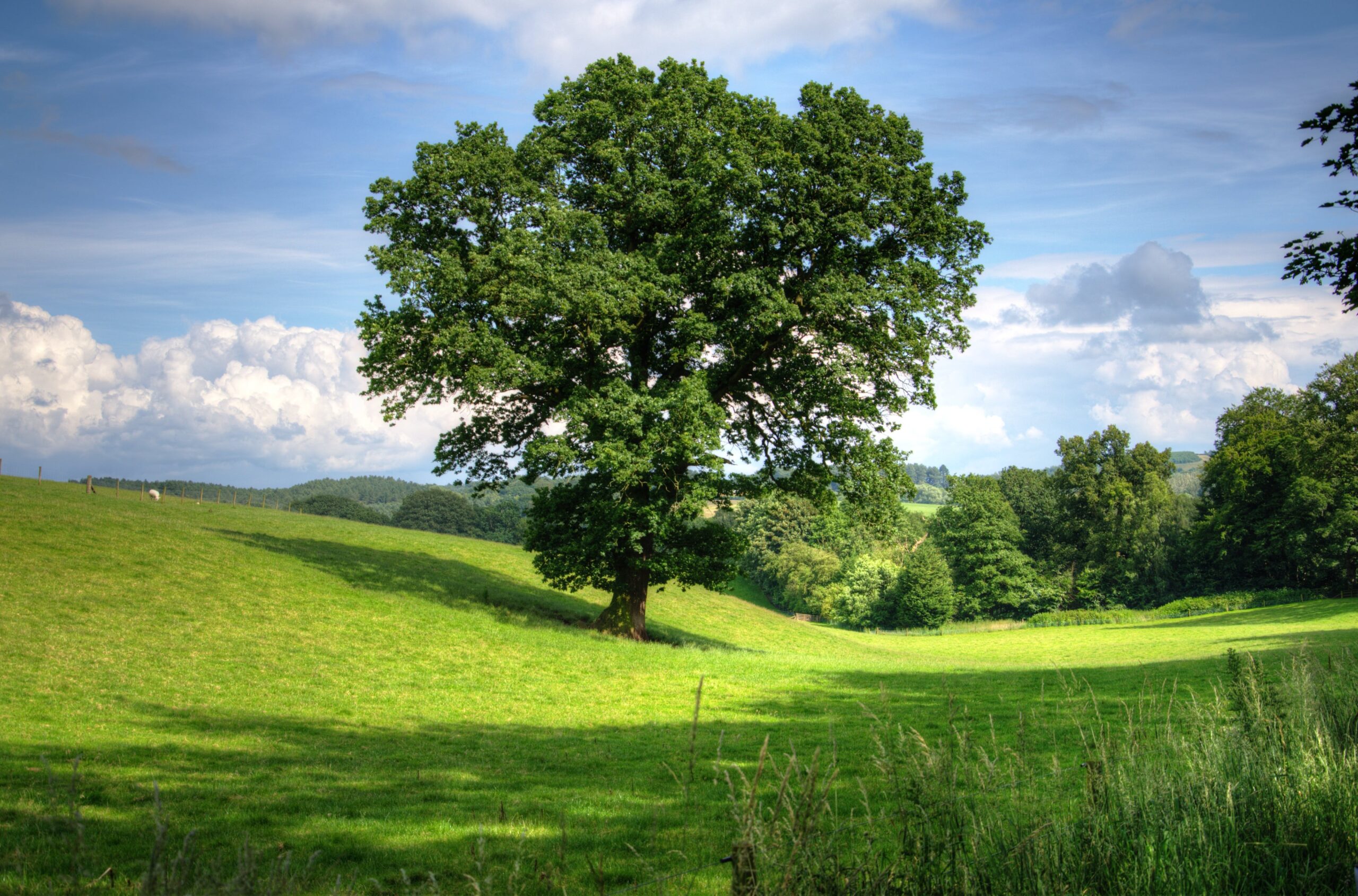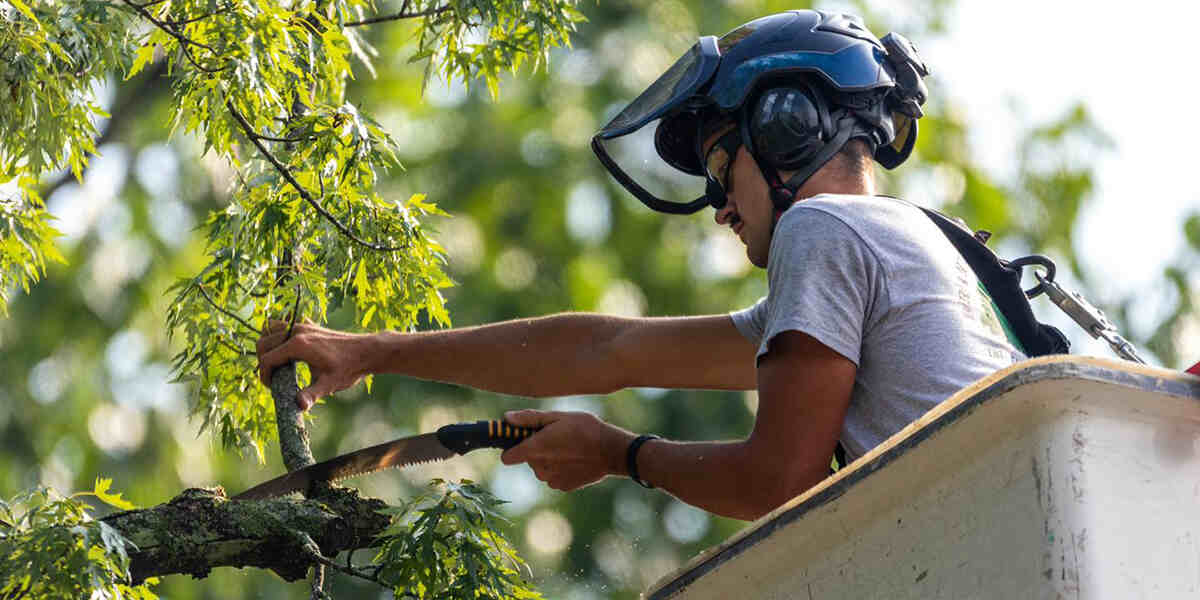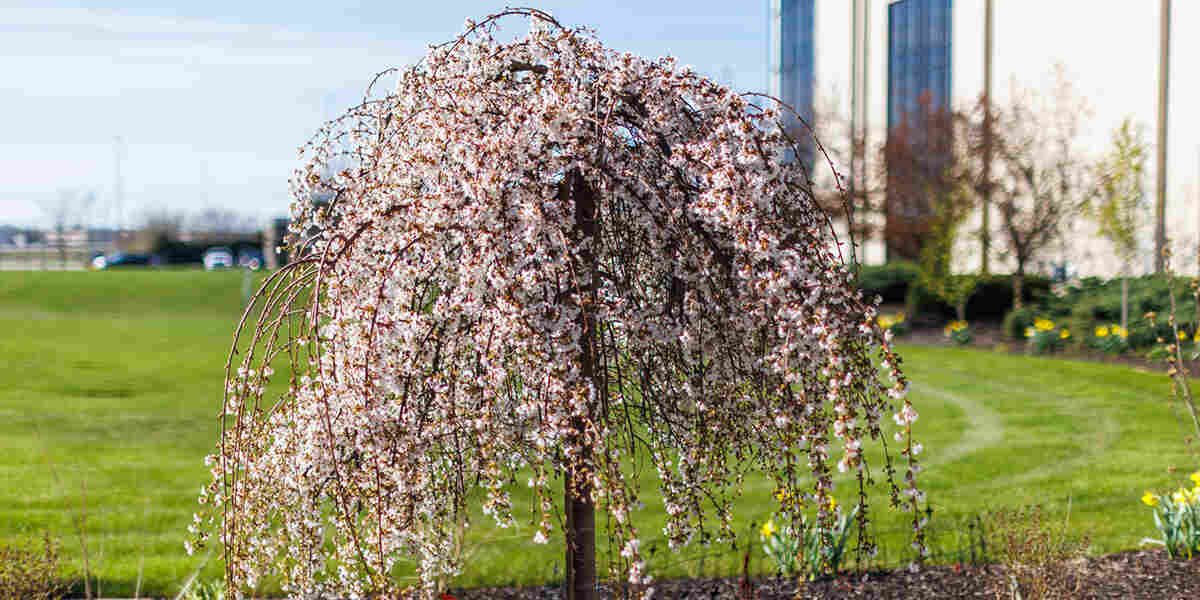Oxygen Production: Environment Oxygen Generators
One of the most well-known environment benefits of trees is their role in producing oxygen. Through the process of photosynthesis, trees take in carbon dioxide and release oxygen, making the air we breathe cleaner and more oxygen-rich. This oxygen production is fundamental for the respiratory needs of all living organisms on Earth, including humans.
Carbon Sequestration: Fighting Climate Change
Trees are champions in the fight against climate change. They absorb carbon dioxide, a greenhouse gas responsible for global warming, and store it as carbon in their trunks, branches, and roots. This process, known as carbon sequestration, helps reduce the concentration of CO2 in the atmosphere, mitigating the adverse effects of climate change.
Biodiversity Support: Home to Countless Species
Forests are incredibly biodiverse ecosystems, teeming with life in all its forms. They provide habitat and sustenance for countless species of plants, animals, and insects. Preserving forests and the trees within them is crucial for the preservation of biodiversity. The intricate web of life that thrives in these ecosystems is dependent on the presence of trees.
Air Quality Improvement: Nature’s Air Filters
Trees act as natural air filters, performing a vital role in maintaining air quality. They trap dust, pollen, and various pollutants on their leaves and bark, preventing these particles from circulating in the atmosphere. As a result, they release fresh oxygen into the environment while removing harmful particles, contributing to better air quality in urban and rural areas alike.
Soil Conservation: Preventing Erosion
The importance of trees extends below the ground as well. The intricate root systems of trees help stabilize soil and prevent erosion. Their roots hold the topsoil in place, reducing the risk of landslides and maintaining fertile ground for agriculture. Without trees, soil erosion can devastate landscapes, leading to loss of arable land and potential food shortages.
Temperature Regulation: Natural Climate Controllers
Trees provide more than just shade; they are natural climate controllers. In densely populated urban areas, where concrete and asphalt dominate, trees offer a respite from scorching temperatures. The urban heat island effect, characterized by higher temperatures in cities compared to their rural surroundings, is mitigated by the cooling shade of trees. Moreover, through a process known as transpiration, trees release moisture into the air, further cooling their environment and reducing the impact of heatwaves.
Water Resource Management: Preventing Flooding
Forests and trees play a crucial role in regulating water flow. When it rains, trees absorb rainwater and release it gradually. This not only recharges groundwater but also reduces the risk of flooding in downstream areas. Trees act as natural sponges, preventing excess water from overwhelming riverbanks and urban infrastructure during heavy rainfall.
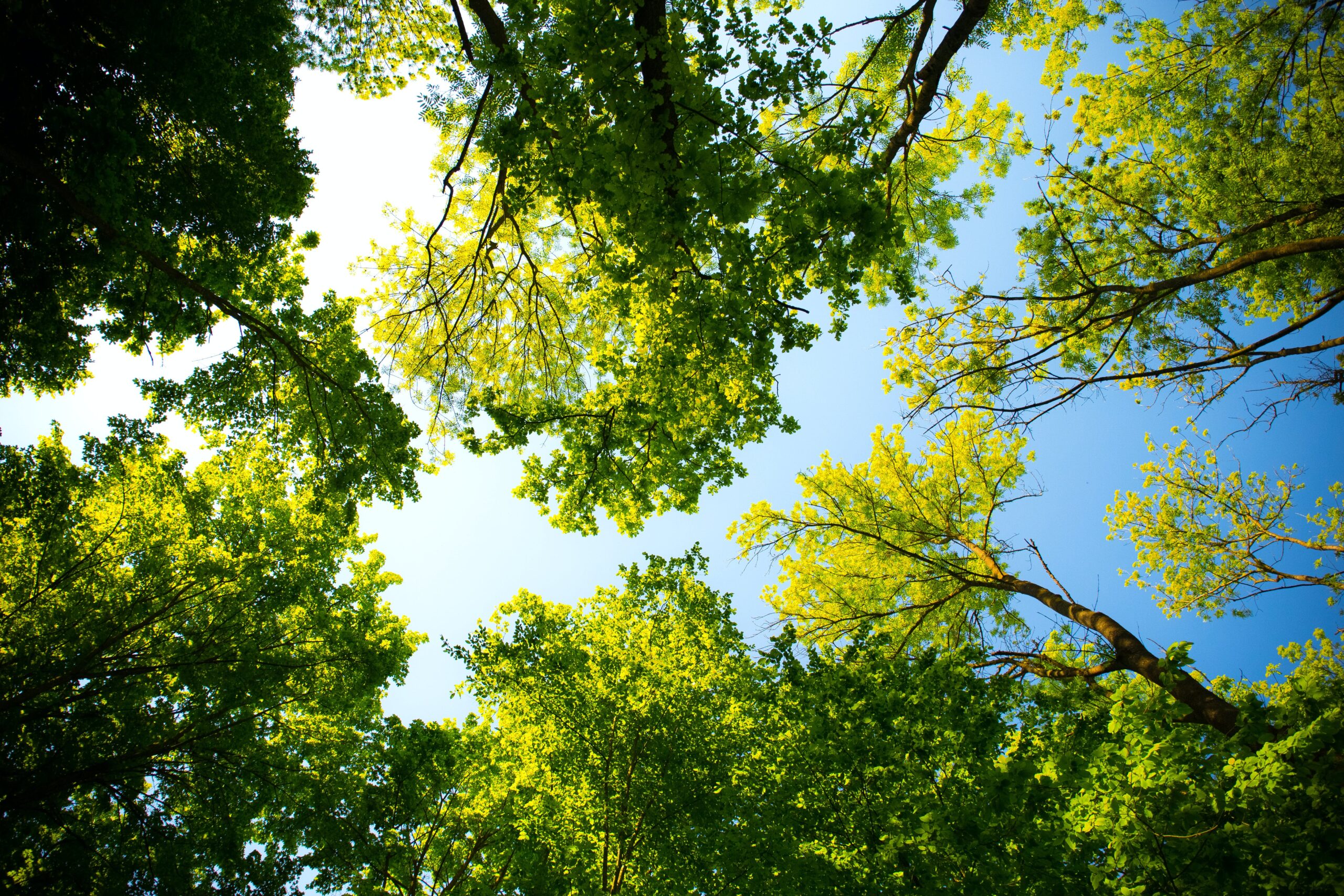
Aesthetic and Psychological Benefits: The Green Therapy
The presence of trees in our surroundings goes beyond their ecological importance; it has a profound impact on our mental and emotional well-being. Green spaces filled with trees have a calming and therapeutic effect on humans. These areas offer places for recreation and relaxation, allowing people to escape the stresses of modern life and connect with nature.
Economic Value: Boosting Local Economies
Trees contribute significantly to local economies in various ways. Timber production is an obvious example, but trees also support tourism and recreational activities. They create jobs in forestry and related industries, stimulate economic growth in many regions, and provide a source of income for countless communities around the world.
Urban Heat Island Mitigation: Cooling the Concrete Jungle
In densely populated urban areas, where concrete and steel dominate the landscape, trees play a pivotal role in mitigating the urban heat island effect. Their shade and cooling effects make cities more livable, reducing energy consumption for air conditioning and enhancing overall comfort for residents.
Energy Savings: Shade and Windbreaks
Strategically planted trees around homes and buildings can provide shade in the summer and act as windbreaks in the winter. This natural insulation reduces energy consumption, lowers utility bills, and promotes energy efficiency, contributing to a greener and more sustainable future.
Food Production Support: Fruits and Nuts
Many tree species bear edible fruits and nuts, making them valuable contributors to food security and dietary diversity. From apples and oranges to almonds and walnuts, trees provide a bountiful source of nutrition and sustenance for people around the world.
Community Building: Spaces for Social Interaction
Trees have an innate ability to bring people together. They create communal spaces where individuals and communities can gather, socialize, and build a sense of togetherness. Parks, squares, and tree-lined streets offer opportunities for social interaction, fostering a sense of belonging and community cohesion. Looking to plant a tree? Contact us!
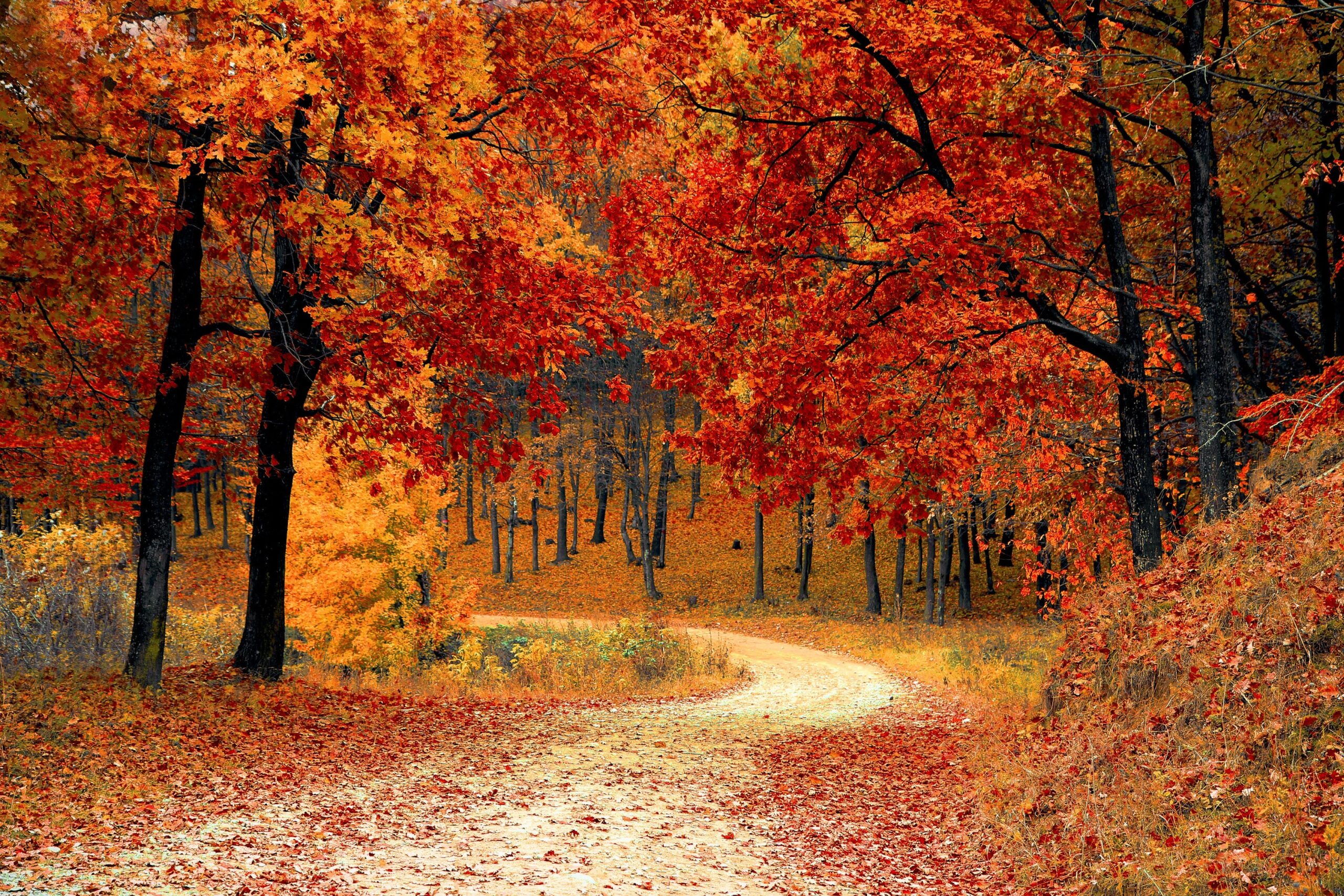
FAQs
How do trees combat climate change?
Trees absorb carbon dioxide through photosynthesis, storing carbon and reducing greenhouse gas levels in the atmosphere.
What is the urban heat island effect, and how do trees mitigate it?
The urban heat island effect is the increased temperature in urban areas due to human activities and structures. Trees mitigate it by providing shade and cooling the environment.
Can planting trees in urban areas improve air quality?
Yes, trees act as natural air filters, removing pollutants from the air and improving its quality.
Do trees have economic value?
Yes, trees contribute to local economies through timber production, tourism, and various industries.
How can I get involved in tree planting and conservation efforts?
You can join local environmental organizations, participate in tree planting events, and support policies that promote tree conservation and planting. Find out more on what you can do here!

